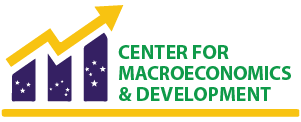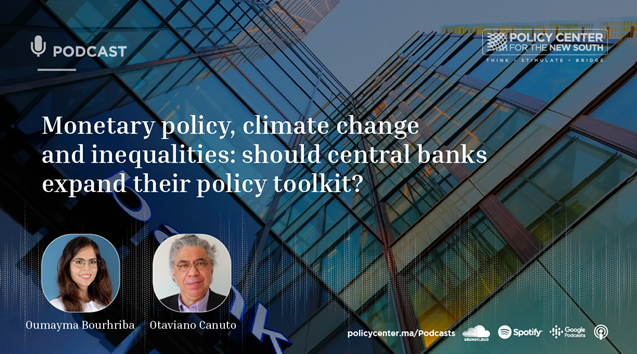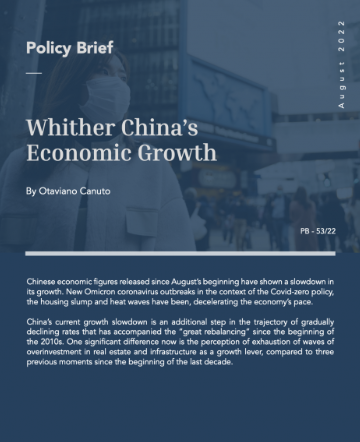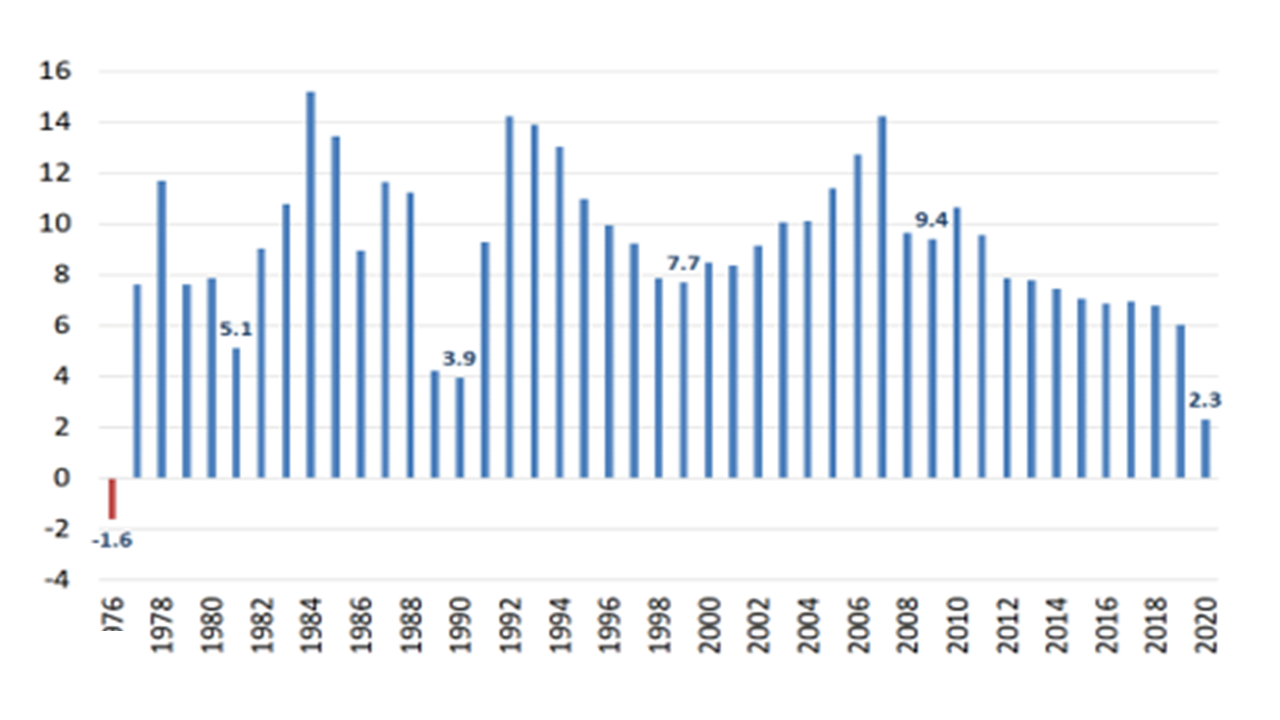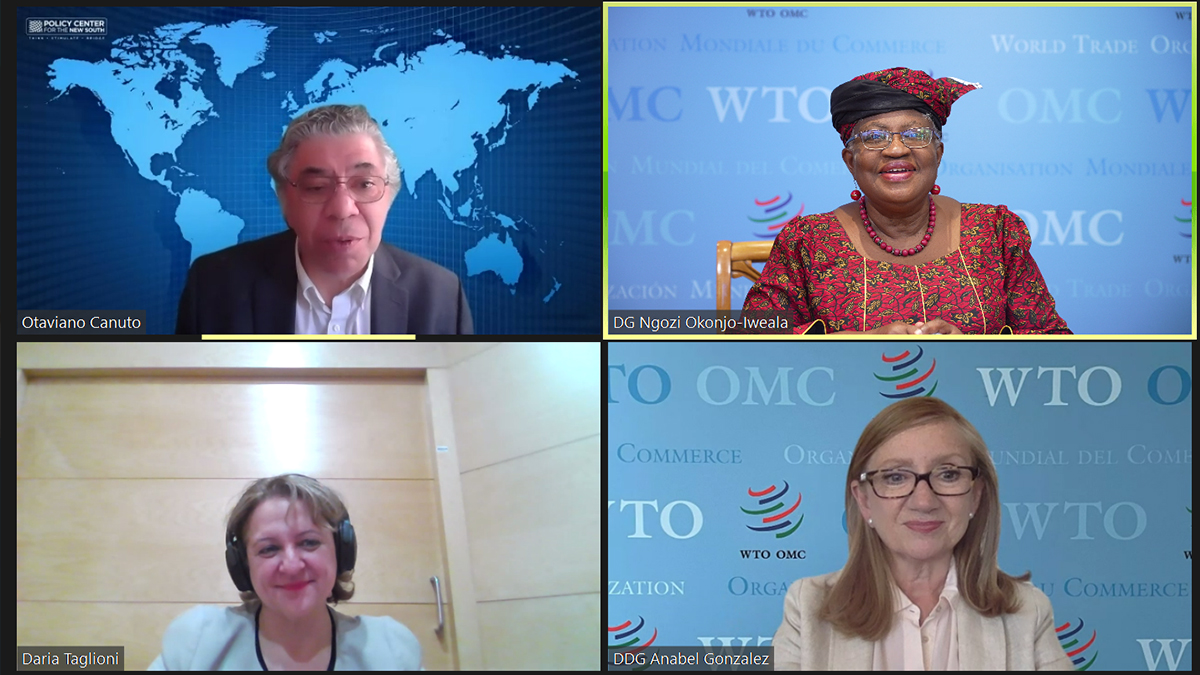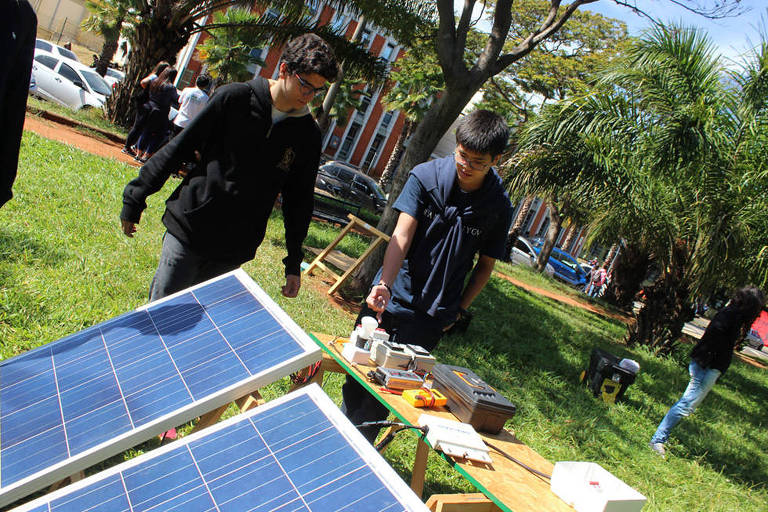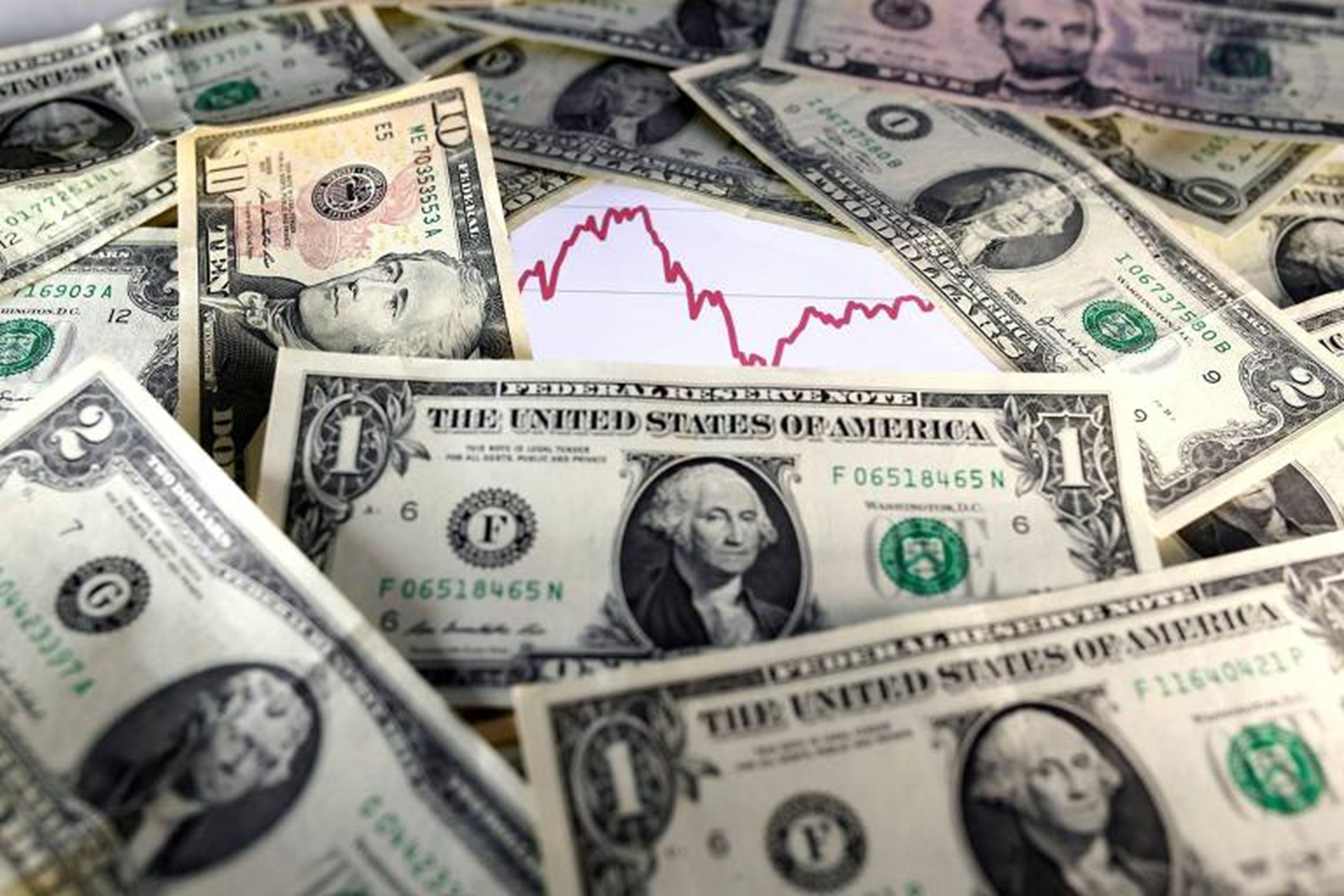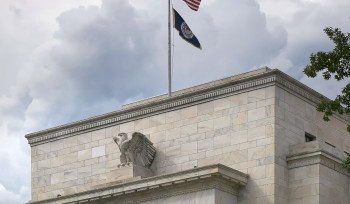There are reasons to consider the US recession call as currently premature , even recognizing clear and undeniable signs of an economic growth slowdown at the margin. As suggested by the resilience of private consumption in the second quarter, the labor market remained tight. Markets have come to assign a high probability that the Fed will “pivot”, and reverse its tightening direction, given signs of an economic slowdown. It seems premature to bet on such a "pivot" by the Fed, and the recent refreshment of stock and bond markets tends to be reversed. Two points remain unclear: if the economy does indeed fall into a recession, how shallow or deep will it be? How rigid downward will the inflation rate measured by its core turn out to be?
